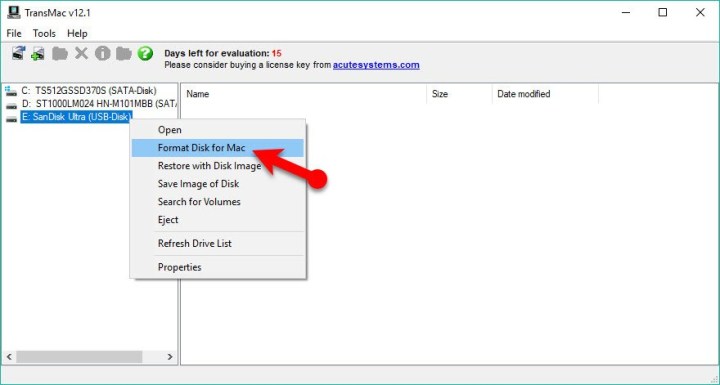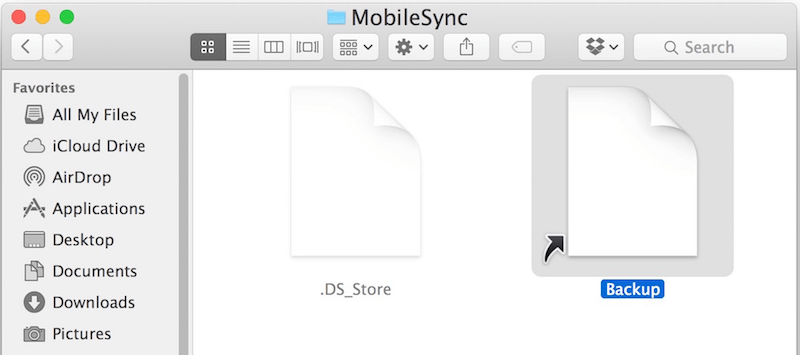

One requirement is that you will need to be booted from a Recovery HD partition or from Internet Recovery. If using an institutional recovery key, you can unlock the encryption using a FileVaultMaster keychain that contains both the public and private key of your institutional recovery key. You will need to provide the recovery key as part of the command.ĭiskutil apfs unlockVolume /dev/apfs_volume_id_goes_here -passphrase personal_recovery_key_goes_here If you have access to the personal recovery key associated with the encrypted APFS volume, you can unlock using the command shown on the screen. You will be prompted to provide the password.ĭiskutil apfs unlockVolume /dev/apfs_volume_id_goes_here If you have access to the password of one of the enabled accounts on the encrypted APFS volume, you can unlock using the command shown on the screen. To help identify what you’re looking for, I’ve highlighted the identifier of the encrypted APFS volume in this example:

Running that command will give you a listing of all APFS containers and volumes. To do this, open Terminal and run the following command: If needed, decrypt the encrypted APFS volumeĪ necessary pre-requisite to unlocking APFS encryption is to identify the correct encrypted volume.Identify the relevant encrypted APFS volume.On Mojave all boot volumes will use Apple File System (APFS), so to unlock or decrypt an encrypted boot drive from the command line, you will need to do the following: As part of working with FileVault on macOS Mojave, it may be necessary to decrypt an encrypted boot drive in order to fix a problem.


 0 kommentar(er)
0 kommentar(er)
